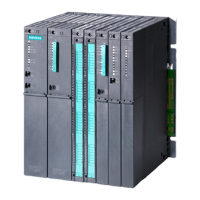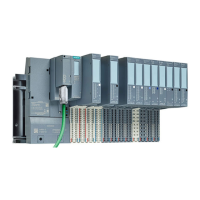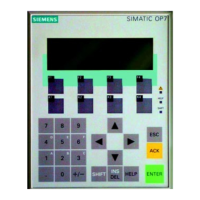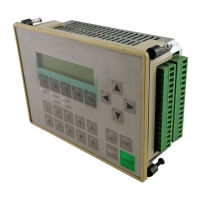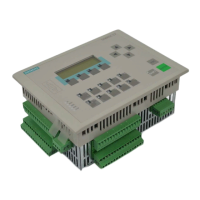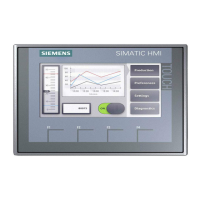3.4 Features of the PCS 7 redundancy concept at a glance
Introduction
The easiest way to increase availability is to keep replacement parts in stock on site and to
have fast service at your disposal to replace defective components.
In this documentation, we provide you with PCS 7 software and hardware solutions that go
well beyond fast service and replacement part warehousing. It focuses on "automated high
availability process control systems".
System-wide, scalable solutions in PCS 7 available
Plants are divided into the following layers in PCS 7:
● Field layer
● Process layer
● Management level
The components of PCS 7 enable you to implement high availability solutions at all automation
system levels in the form and to the degree you desire. In PCS 7, individual components (such
as signal modules), complex systems (such as operator control and monitoring systems) and
complete plants can be configured in such a way that one sub-component can automatically
take on the function of another sub-component if it fails.
You decide which components in the plant require increased availability.
The following table lists the high availability components for the three layers.
Process layer Components
Management level OS clients, maintenance clients, BATCH clients, Route Control clients
OS servers, maintenance servers, Process Historian, information servers,
BATCH servers, Route Control servers
Terminal bus (Industrial Ethernet)
Process layer Plant bus (Industrial Ethernet)
Automation system AS 41xH
Field layer Fieldbus
● PROFIBUS DP, PROFIBUS PA, FOUNDATION Fieldbus, PROFINET IO
Distributed I/O device
● ET 200SP HA, ET 200M, ET 200SP, ET 200iSP, ET220S, and ET200pro
Field devices
● PROFIBUS DP, PROFIBUS PA, FOUNDATION Fieldbus and HART
devices
Basics of high availability
3.4 Features of the PCS 7 redundancy concept at a glance
High Availability Process Control Systems (V9.0)
24 Function Manual, 05/2017, A5E39221836-AA

